
Go on a nature treasure hunt
You’ll need
- Pens or pencils
- A4 paper
- Scavenger hunt sheets
- Spotter sheets and/or devices with nature ID apps
- Magnifying glasses and binoculars (optional)
- A map or plan of a local green space (optional)
Before you begin
- Use the safety checklist to help you plan and risk assess your activity. There's also more guidance to help you carry out your risk assessment, including examples.
- Make sure all young people and adults involved in the activity know how to take part safely.
- Make sure you’ll have enough adult helpers. You may need some parents and carers to help if you’re short on helpers.
Planning this activity
- Choose an appropriate, accessible outdoor area. You may need to think about avoiding steps, being close to public transport, or steep gradients or including frequent breaks.
- Make sure parents and carers know exactly where you’ll be, what people may need to bring, the day, the location, and when and where to drop off and collect everyone.
- Have a suitable, well-lit place for drop off and collection, away from any traffic.
- Check the weather forecast. Make sure everyone knows to come dressed for the weather and activity, being prepared for the weather to change.
- Check the sunset times, making sure that you’ll have sufficient light throughout the activity. It’s best to run this activity on lighter evenings, such as in summer.
- Create a scavenger hunt. The Woodland Trust’s nature detectives spotter sheets can help you identify all sorts of local wildlife. Take a look at their spotter sheets for trees, plants and fungi, and animals.
- You could use resources to help people identify wildlife. There’s the Seek app from iNaturalist, which uses the camera on your device to help you identify plants, animals and trees. Or, for trees, there’s the Woodland Trust Tree ID app. These apps are designed to be family-friendly and can be used without registering or setting up an account.
Introducing the space
- Everyone should head out to the outdoor space or meet at the chosen venue. Explain the boundaries of the playing area and where the no-go zones are. If playing in a public space, young people should be paired up so no young person is left alone and they should run or move together.
- Tell people how they can use the space respectfully. Remind people to be calm and quiet, so you don’t disturb wildlife or other people, and not to pick any flowers or plants. They should handle wildlife gently, take litter home, and put things gently back where they were found.
- Tell everyone where adults will be around the site and what people should do if anyone in their team needs help. This should include setting memorable spot where an adult will stay at all times.
- Explain the signal to stop play and how long the activity will go on for. A long blast on a whistle works well as a signal to stop the activity.
Get together
- Ask if anyone knows what biodiversity is. Biodiversity is a measure of how many different species live in an ecosystem. Human activities, such as changing land use, deforestation and peat bog destruction, reduce this.
- Explain that there are lots of different forms of wildlife waiting to be discovered, though we might not spot them immediately.
- Everyone should stay where they are and close or cover their eyes to help them focus on using their other senses. What can they hear? What can they smell?
- When closing their eyes, make sure all young people are stood or sat in a safe area and that there’s responsible adults watching what’s going on around them/you.
Time to explore
- Everyone should get into small groups, with at least two adults for each group. If playing in a public space, young people should be paired up so no young person is left alone and they should run or move together.
- Give everyone a scavenger hunt sheets and a pencil or pen.
- Explain that the challenge is to find everything on the list. People could also take photos of, write down or draw what they find, after identifying exactly what it is they’ve found.
- If it’s something that’s no longer part of a living thing (for example, a fallen leaf) and people can pick it up safely, they could keep hold of it to show everyone at the end.
- Everyone should set off for their scavenger hunt.
- At the end, everyone should gather together. Once everyone’s washed their hands, everyone should take it in turns to share their discoveries. What was everyone’s favourite find? Did they learn something new?
- Remind everyone that biodiversity’s all about the variety of living things, on a local and global scale. They could remind everyone that WWF talk about biodiversity as ‘the magic ingredient that enables the world to work smoothly’.
- Everyone should talk about why biodiversity is important, such as bees.
- Ask what we can do to support biodiversity or any species that are struggling.
Reflection
What did it feel like spending time outdoors in nature? What was it like seeing all of the different types of life? What would it feel like if we didn’t have all of this variety to enjoy?
Safety
All activities must be safely managed. You must complete a thorough risk assessment and take appropriate steps to reduce risk. Use the safety checklist to help you plan and risk assess your activity. Always get approval for the activity, and have suitable supervision and an InTouch process.
- Animals and insects
Be aware of the risks before interacting with animals. Be aware of anyone with allergies, and make alternative arrangements for them.
- Outdoor activities
You must have permission to use the location. Always check the weather forecast, and inform parents and carers of any change in venue.
- Online safety
Supervise young people when they’re online and give them advice about staying safe. Take a look at our online safety or bullying guidance. The NSPCC offers more advice and guidance, too. If you want to know more about specific social networks and games, Childnet has information and safety tips for apps. You can also report anything that’s worried you online to the Child Exploitation and Online Protection Command. As always, if you’ve got concerns about a young person’s welfare, including their online experiences, follow the Yellow Card to make a report.
- Visits away from your meeting place
Complete a thorough risk assessment and include hazards, such as roads, woodland, plants, animals, and bodies of water (for example, rivers, ponds, lakes, and seas). You’ll probably need more adult helpers than usual. Your risk assessment should include how many adults you need. The young people to adult ratios are a minimum requirement. When you do your risk assessment, you might decide that you need more adults than the ratio specifies. Think about extra equipment that you may need to take with you, such as high visibility clothing, a first aid kit, water, and waterproofs. Throughout the activity, watch out for changes in the weather and do regular headcounts.
- You can make the scavenger hunt list easier or more difficult. It’s up to you how many items you include and how specific you are. You could increase the challenge by asking for certain types of leaves, or by giving people points for extra-special finds.
- You could ask people to identify the family each living thing belongs to (for example, beetle) or even the specific species (for example, stag beetle).
- When choosing a place to explore, consider the terrain and environment – does it work for everyone?
- Make sure you have enough adults to give each young person the support they need. How many adults you need will depend on your group.
All Scout activities should be inclusive and accessible.

Cubs Naturalist Activity Badge

Scouts Naturalist Activity Badge

Community Impact Stage 1

Community Impact Stage 2

Community Impact Stage 3

Community Impact Stage 4

Squirrels Explore Outdoors Activity Badge
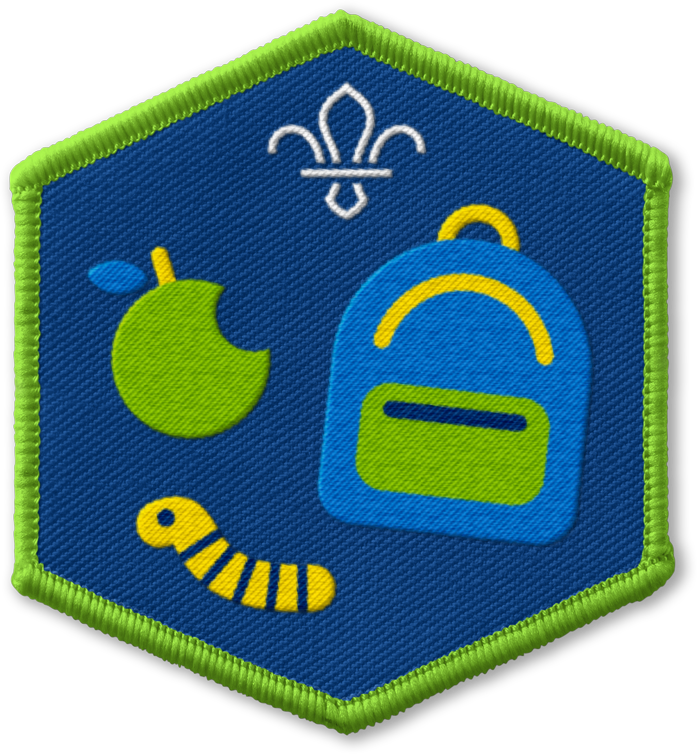
Squirrels All About Adventure Challenge Award
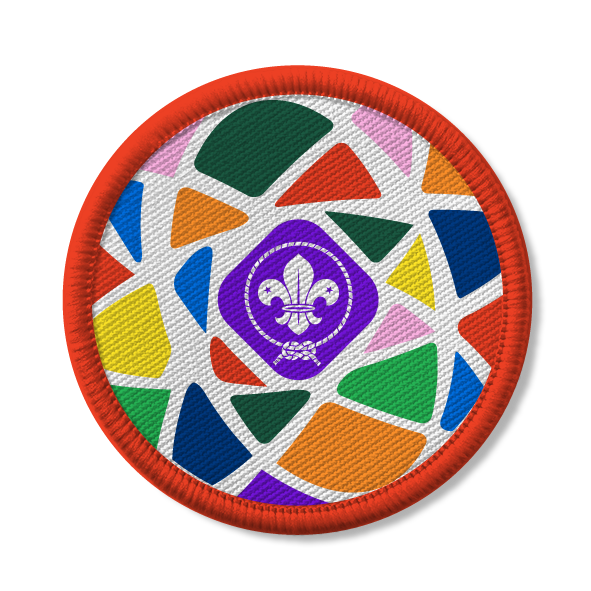
Earth Tribe Award
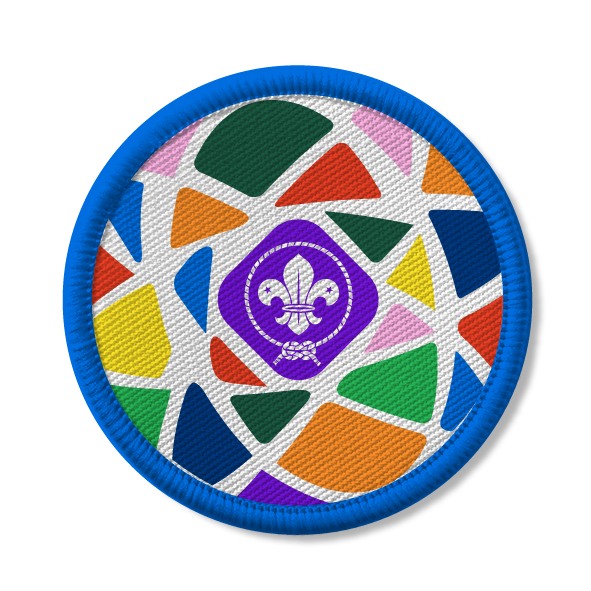
Earth Tribe Award
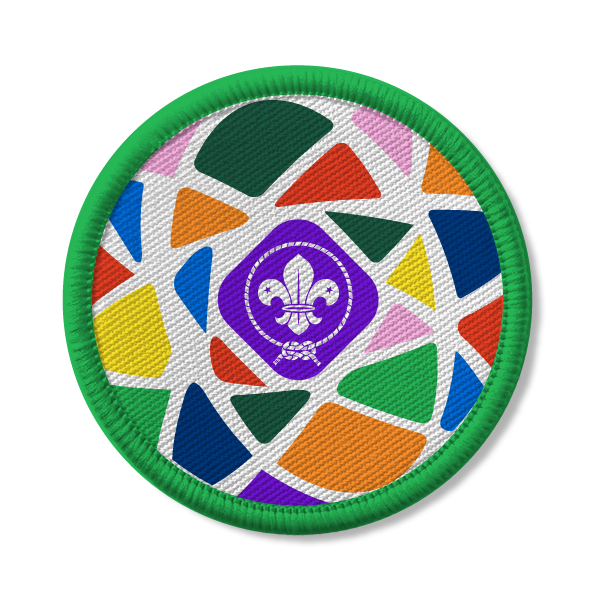
Earth Tribe Award
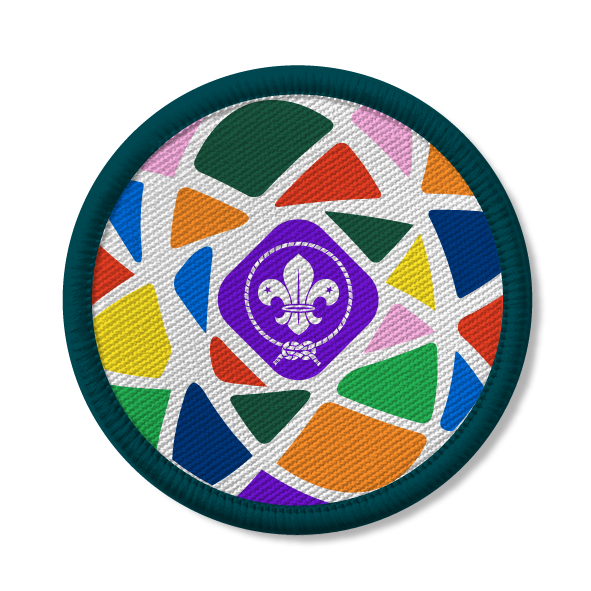
Earth Tribe Award
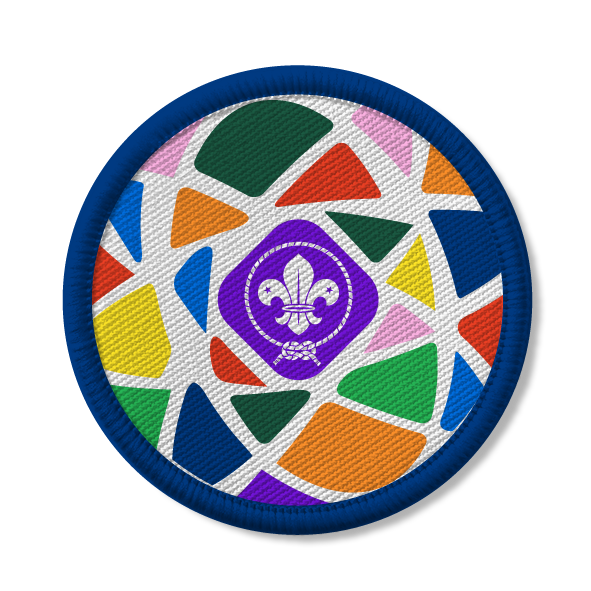
Earth Tribe Award
Plan a project to support biodiversity for your Community Impact Staged Activity Badge. To get started, why not buzz over to Bee prepared, creep over to Snug as a bug, or fly on to Feed the birds.
- This is a good activity to support young people to think about biodiversity and how they could make a difference.
- You could get young people involved in creating this activity – they could design scavenger hunts for each other.